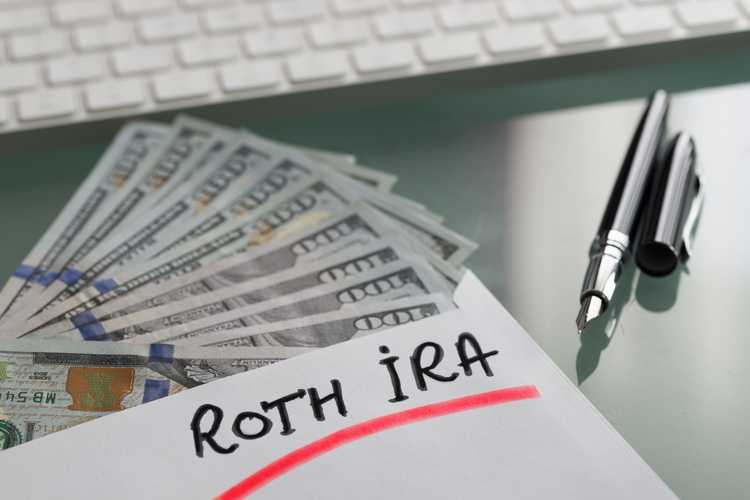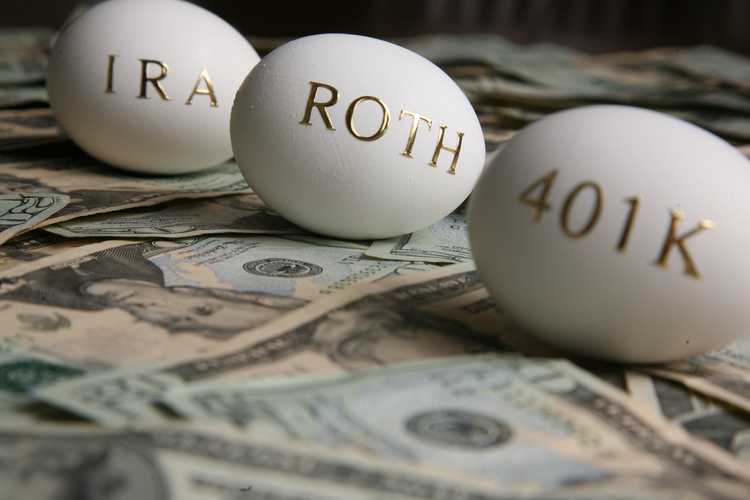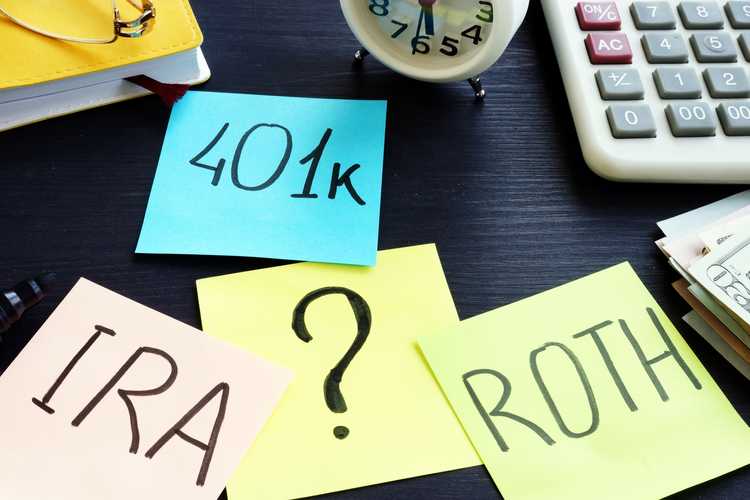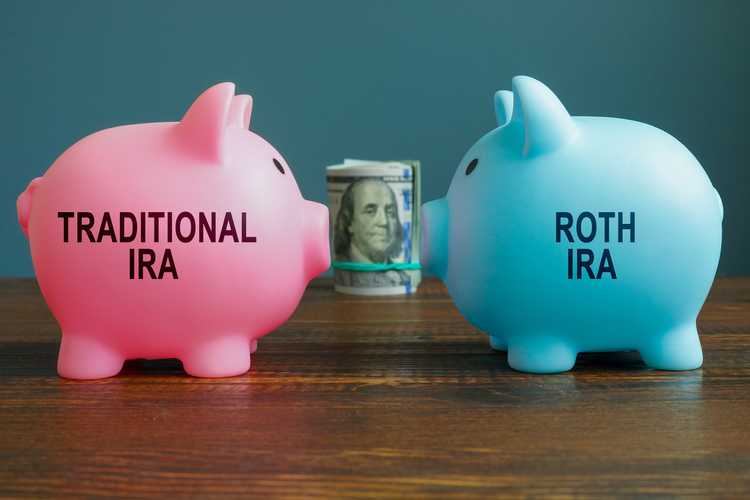Personal Finance
Advertiser Disclosure

8 Ways to Invest $1,000
A $1,000 investment can be the perfect way to save for a financial goal or jumpstart your retirement nest egg. Here are eight ways to invest $1K.

What Is a Backdoor Roth IRA? Benefits, Limits, Conversion
The backdoor Roth IRA is a technique to allow taxpayers who earn too much to contribute directly to a Roth IRA to still be able to contribute to one using a backdoor approach.

Best Roth IRA Accounts for January 2025
The best Roth IRA accounts come with low starting balance requirements, minimal fees (or no fees), and ample investment options and tools.

CDs vs. IRAs: Key Differences and How Do They Compare?
Certificates of deposit (CDs) and Individual Retirement Accounts (IRAs) are commonly used for saving and investing. Learn how these two ways to build assets compare.

401(k): Definition, How It Works, Types, Requirements
Everything you need to know about 401(k) plans, how they work, what happens if you leave a job, and some additional retirement savings options to consider.

Roth IRA Contribution and Income Limits 2024 and 2025
Roth IRA contribution and income limits generally are revised each year. These limits determine how much you can contribute to an IRA in general and to a Roth IRA specifically.

What Is a Roth 401(k)? Essential Guide, 2024
A Roth 401(k) is a designated Roth retirement savings account funded with after-tax earnings and kept within an employer-sponsored 401(k) retirement plan.

Roth IRA vs. 401(k): What's the Difference?
Let’s take a look at the differences between a Roth IRA and the two types of 401(k) accounts and what they tell you about which to use for retirement.

How to Make Roth IRA Withdrawals Tax- and Penalty-Free
Roth IRAs offer the possibility for tax and penalty-free withdrawals, but the rules are complex. It’s important to understand these rules to be sure you are getting the most out of your Roth IRA.

14 Best Online Brokers and Stock Trading Platforms 2025
The best online brokers offer a full range of investments, low fees, and user-friendly trading platforms. Here are our top picks for online brokers in 2025.

401(k) Matching: Meaning, How It Works, and How to Get the Most Out of It
A 401(k) match is a contribution made by an employer to match some or all of an employee’s contributions to a company retirement plan. Employer contributions can also be made on a nonmatching basis. Not all 401(k) plans offer a match.

Everything You Need to Know About the Spousal IRA
The spousal IRA allows a working spouse to contribute to a non-working spouse’s retirement savings. Here’s what you need to know.

What Are the 401(k) Contribution Limits for 2025? All You Need to Know
The limits for 2024 are higher than those for 2023—and 2025's are higher than 2024's—because the IRS adjusts them for inflation and cost of living increases every year. Plans can be more complicated than they seem. Read on to learn more.

Can You Have a 401(k) and an IRA?
You can have a 401(k) and an IRA, and contribute to both in the same year, most of the time. Learn more about the pros and cons of each—and their contribution limits—here.

Best Ways to Save for Retirement
Retirement looms large over most Americans, but fear not. You can start saving for retirement anytime, including today. Learn more.

Roth vs. Traditional IRA: Key Differences & How to Choose
Here are some key differences between a Roth IRA and a traditional IRA to help you choose the best investment account for your personal situation.

Everything You Need to Know About Tax-Efficient Investing
Tax-efficient investing can help keep more money in your pocket. Here are the accounts, investments, and strategies you should look at.

11 Ways to Get Free Financial Advice
Whether you're an experienced investor or just learning how to invest, these 11 resources show how to get free financial advice to reach your goals faster.

What Are the Most Popular Crypto Scams to Watch For in 2025
Crypto scams take on my forms, including phishing scams, giveaway scams and more. Find out which cryptocurrency scams are most prevalent.

Yieldstreet Review 2025: Not for Beginners, But A Solid Choice for Accredited Investors
Yieldstreet allows everyday investors to get in on alternative asset classes such as art, real estate, and venture capital—typically the domain of high-net-worth investors.
1.3918.0+2.11.35
